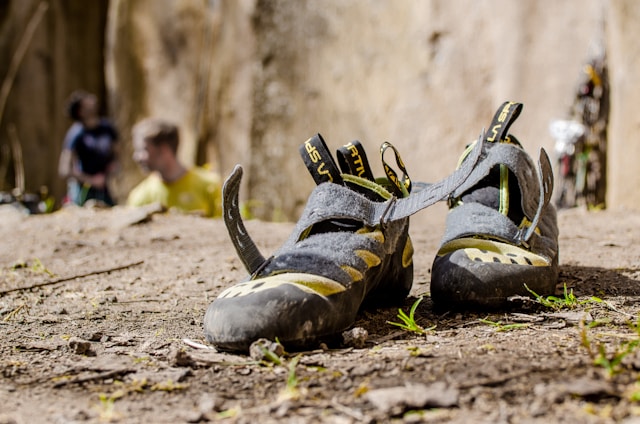Bouldering is all about precision and power, and a solid foundation starts with killer footwork. Mastering footwork isn’t just about sticking the hold; it’s about efficiency, balance, and conserving energy for those crucial final moves. Many climbers focus heavily on upper body strength, but neglecting footwork is a recipe for frustration and missed sends. This guide focuses on five bouldering problems—or problem types—designed to hone your footwork skills and elevate your climbing game, taking you from frustrating flails to smooth, powerful ascents. These aren’t your average problems; they’re designed to challenge and refine your technique, making you a more efficient and powerful climber.
Problem Type 1: The Smear Masterclass
Smearing, that delicate dance between friction and precision, is a crucial skill for any serious boulderer. This isn’t about jamming your foot in; it’s about subtle pressure, using your whole foot to find purchase on the rock. Look for problems with slopers or rounded holds that require a more delicate touch than a full-on heel or toe hook. Finding that sweet spot between just enough pressure and too much that slips is a matter of fine-tuning, and practice is key to mastering this refined technique. The goal is smooth, almost weightless transitions, making smear moves second nature.
Drill it:
Start by practicing on easy climbs focusing exclusively on your footwork. Then slowly increase the difficulty until you’re comfortable applying the technique on harder problems.
Problem Type 2: The Toe-Hook Tango
Toe hooks are a game-changer for bouldering. They allow you to reach holds that might be otherwise inaccessible, and many climbers find them surprisingly difficult to master. Look for problems that specifically require toe hooks for progression, forcing you to engage the muscles and develop the technique needed for a solid, secure toe hook. They’re not just about strength; it’s about precision placement and proper technique; making sure that you’re fully engaged in that toe hook for maximum control and stability. Mastering toe hooks is about more than just pulling; it’s about precision and control.
Problem Type 3: Heel-Hook Havoc
The heel hook is the toe hook’s equally important counterpart, adding another dimension to your movement and freeing up your hands. Look for problems that necessitate heel hooks, rewarding you with a better understanding of this technique and its applications. Heel hooks allow dynamic moves; they help with balance and freeing up your hands. Similar to the toe hook, it’s not just about strength but about precise placement and efficient technique, optimizing your body’s use of force for smooth transitions.
Advanced Footwork Drills
- Practice heel-toe campus moves on a hangboard; this builds strength and improves coordination
- Spend time on problems that are mostly slopers or crimps; this improves dynamic movement and foot placements
- Work on problems that force high stepping movements; this strengthens your legs and improves balance
- Focus on maintaining a consistent center of gravity; this develops your ability to maintain balance
- Try to minimize unnecessary foot movements; this increases efficiency and improves precision
- Develop feel for small holds; this allows for precise placement of smaller holds and using pressure
Problem Type 4: The Dynamic Footwork Challenge
Dynamic moves require both explosive power and precise foot placement. These problems demand both, forcing you to plan your footwork carefully before initiating the movement. You need to make sure you place your feet correctly and explode at the exact moment to complete the climb successfully. Problems with large gaps between holds are ideal for this, rewarding accuracy and precision with a satisfying send. The payoff of mastering dynamic footwork is a huge improvement in overall climbing power and efficiency. You’ll feel more graceful and confident on the wall.
Problem Type 5: The Technical Footwork Puzzle
Technical footwork problems often involve small holds, intricate sequences, and precise body positioning. These problems often require patience, and the climber must precisely place their feet to execute each move successfully. They force you to think more strategically about your approach, prioritizing mindful footwork over brute strength, rewarding precision and creativity. These problems force you to problem-solve your way up the wall.
These five problem types provide a comprehensive training regimen for improving your footwork; practice them regularly, and you’ll see a noticeable improvement in your climbing. For even more detailed advice and training plans, check out resources like Climbing.com, a well-known resource for climbers of all levels: Climbing.com

